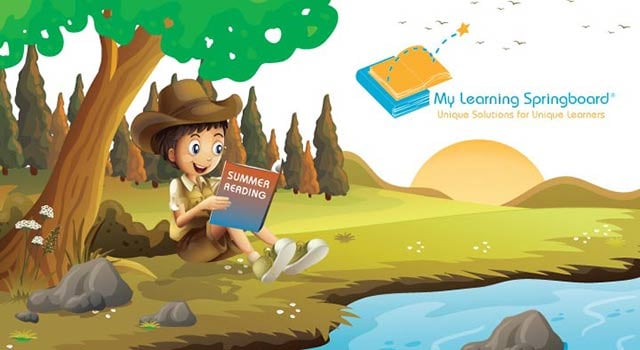 Three journalists at 60 Minutes, all at different life stages, discuss their thoughts about kindergarten “redshirting” in the video segment below. Like it or not, “redshirting” is a rising trend and one that parents are very interested in strategizing for admissions. It’s a complicated topic and there are many factors to consider in each child’s case. Parents must also understand the various birthday cutoffs for kindergarten registration. These vary between public and private schools and also from state to state. In some states, such as New York, public school cutoffs are determined by each local district. This is an important consideration for families relocating.
Three journalists at 60 Minutes, all at different life stages, discuss their thoughts about kindergarten “redshirting” in the video segment below. Like it or not, “redshirting” is a rising trend and one that parents are very interested in strategizing for admissions. It’s a complicated topic and there are many factors to consider in each child’s case. Parents must also understand the various birthday cutoffs for kindergarten registration. These vary between public and private schools and also from state to state. In some states, such as New York, public school cutoffs are determined by each local district. This is an important consideration for families relocating.
When deciding if your child is ready to start kindergarten, GreatSchools.org encourages parents to consider these social, academic, and developmental factors:
- Enthusiasm toward learning. Is he eager to explore and discover? Is he comfortable asking questions? Does he persist even when a task is difficult?
- Language skills. Does she communicate her needs? Express her feelings appropriately?
- Ability to listen. Can he follow simple instructions? Is he able to listen to an entire story without interrupting?
- Desire to be independent. Does she separate from parents for the school day? Is she starting to take responsibility for her personal belongings? Can she follow simple two-step tasks? Can she use the bathroom by herself?
- Ability to interact with children and adults. Is he able to share, compromise, take turns and problem-solve?
- Strong fine-motor skills. Is she able to hold and use a pencil? Cut with scissors? Is she learning to write her name?
- Basic letter and number awareness. Can he sing and recite the alphabet and recognize some letters? Can he count to 10 and identify numbers one to five?
This 60 Minutes Overtime article addresses this topic further.
Written by: Editorial Team, My Learning Springboard, Inc. This summer
This summer  Consciously or not, people learn a lot from their surroundings. Peers and family members can have a huge impact on a child’s overall attitude. A recent article in
Consciously or not, people learn a lot from their surroundings. Peers and family members can have a huge impact on a child’s overall attitude. A recent article in  Elbert Chu of the New York Times published the article At Baruch High School, “Math Takes the Prize”. In this article, Elbert Chu describes an
Elbert Chu of the New York Times published the article At Baruch High School, “Math Takes the Prize”. In this article, Elbert Chu describes an